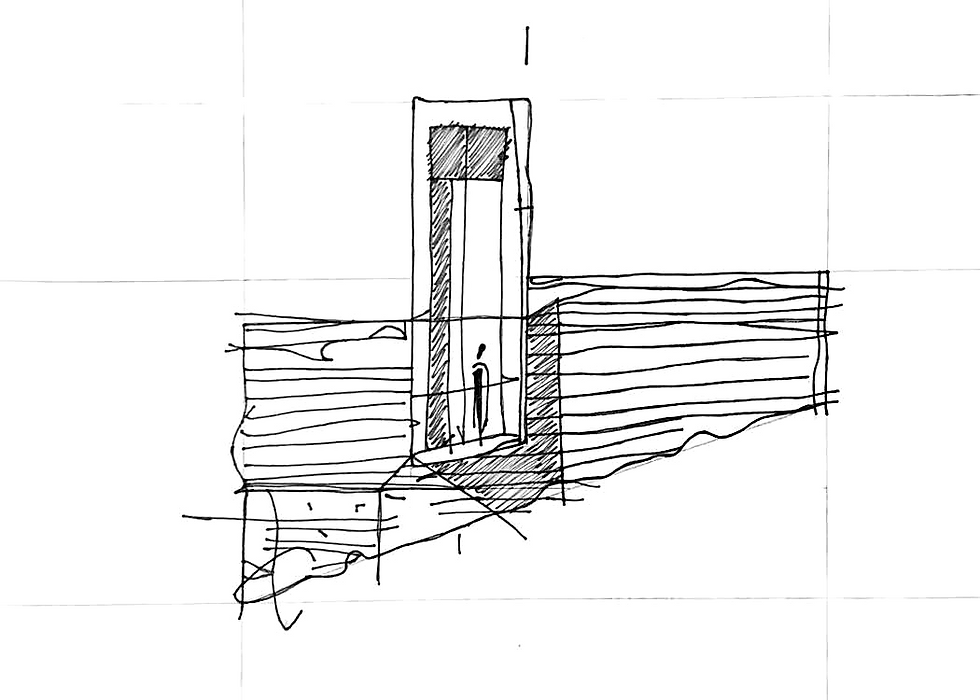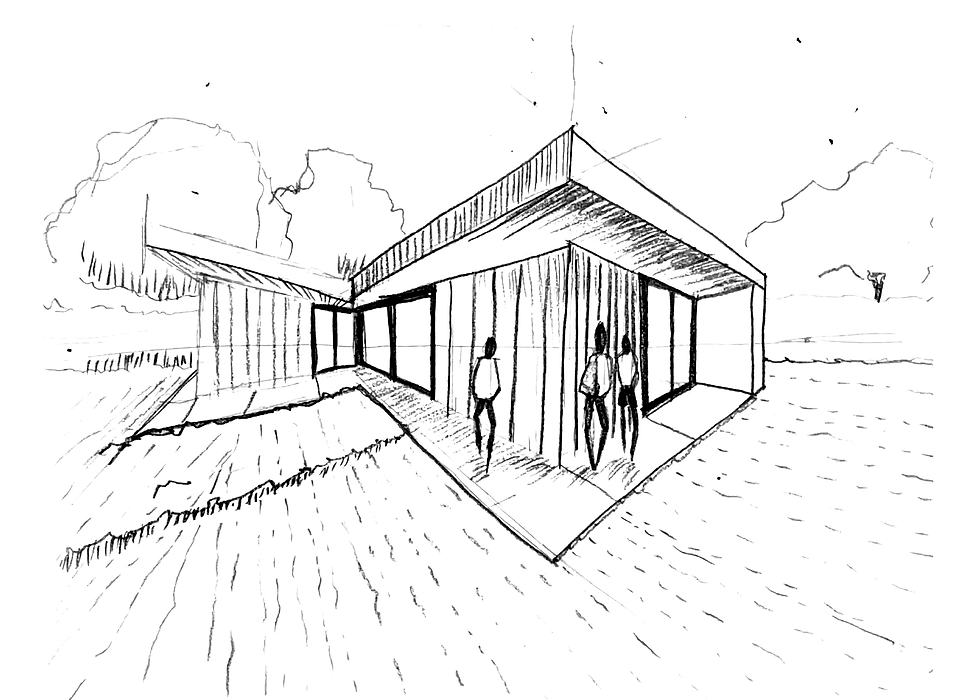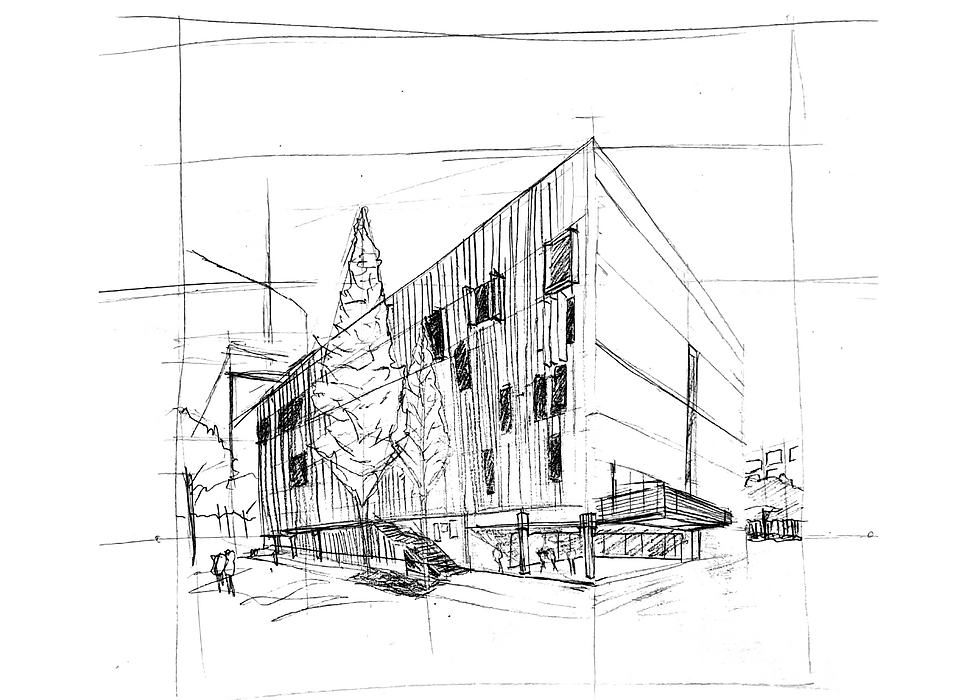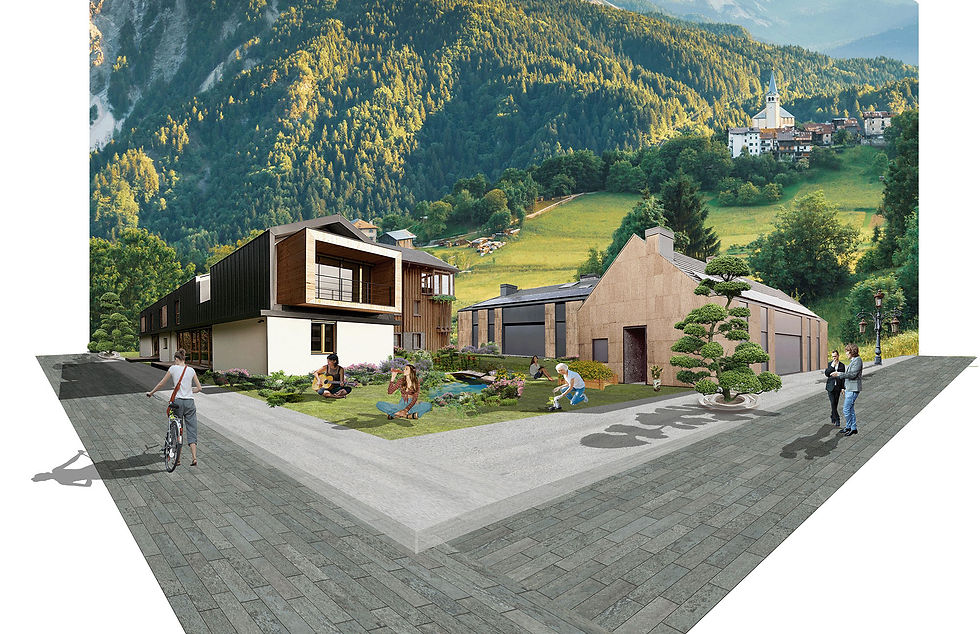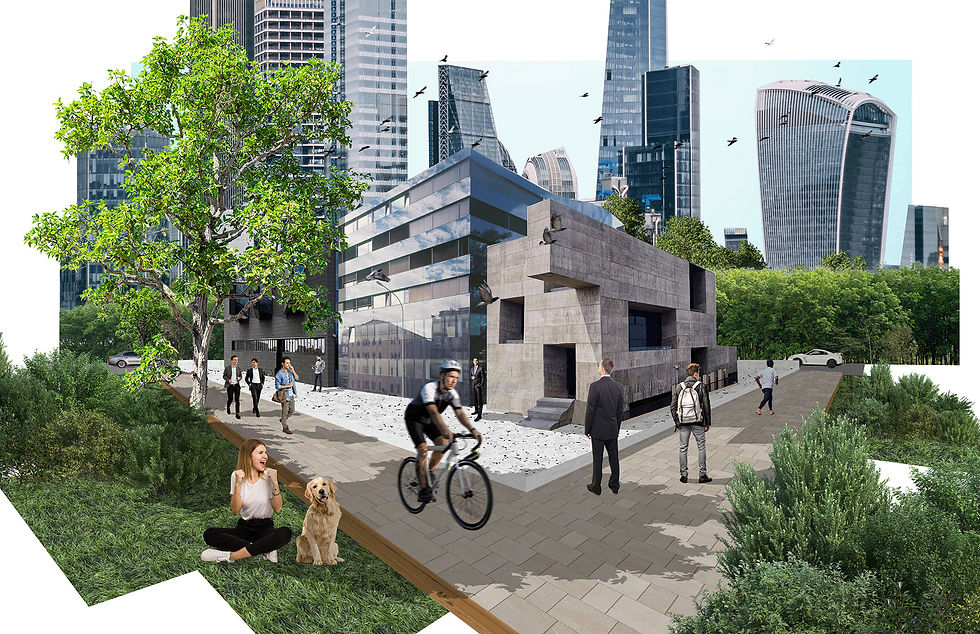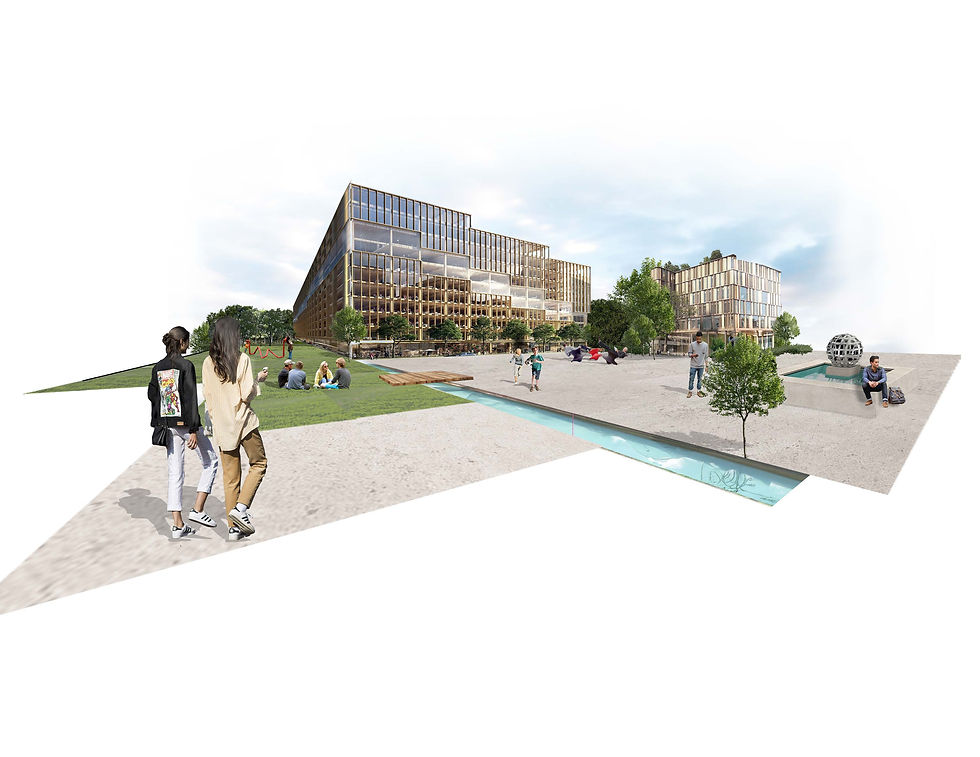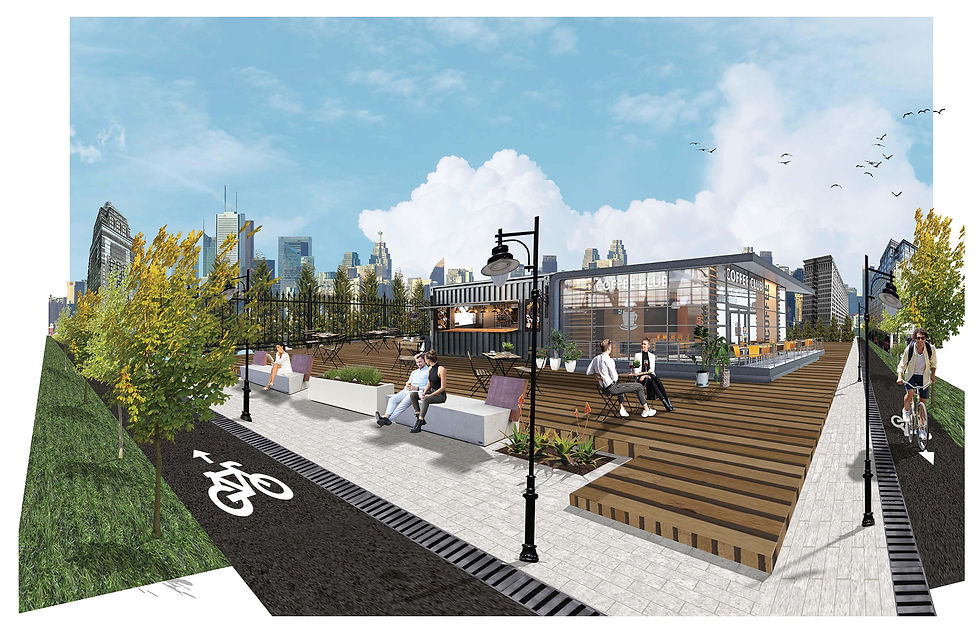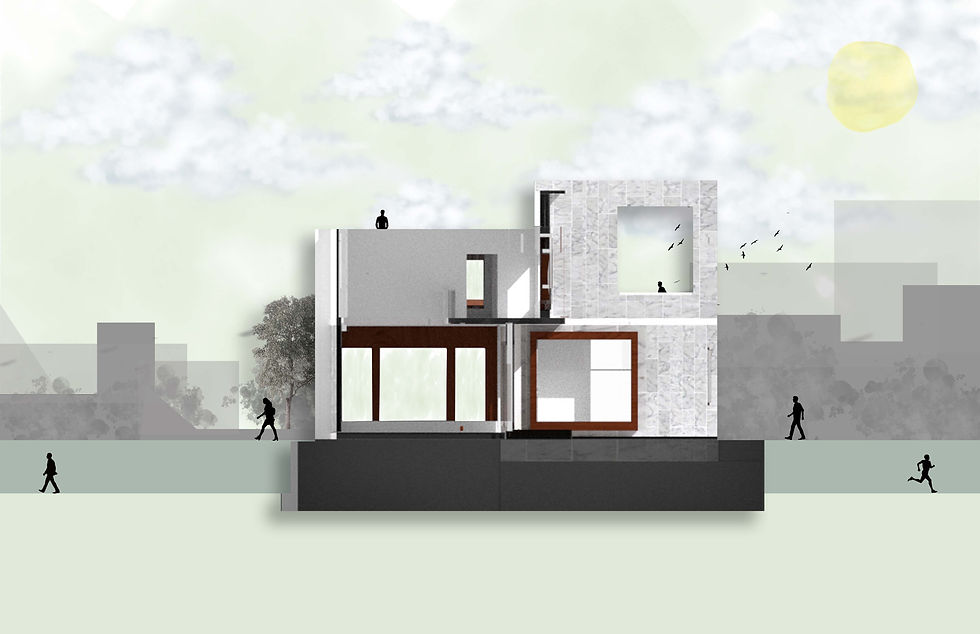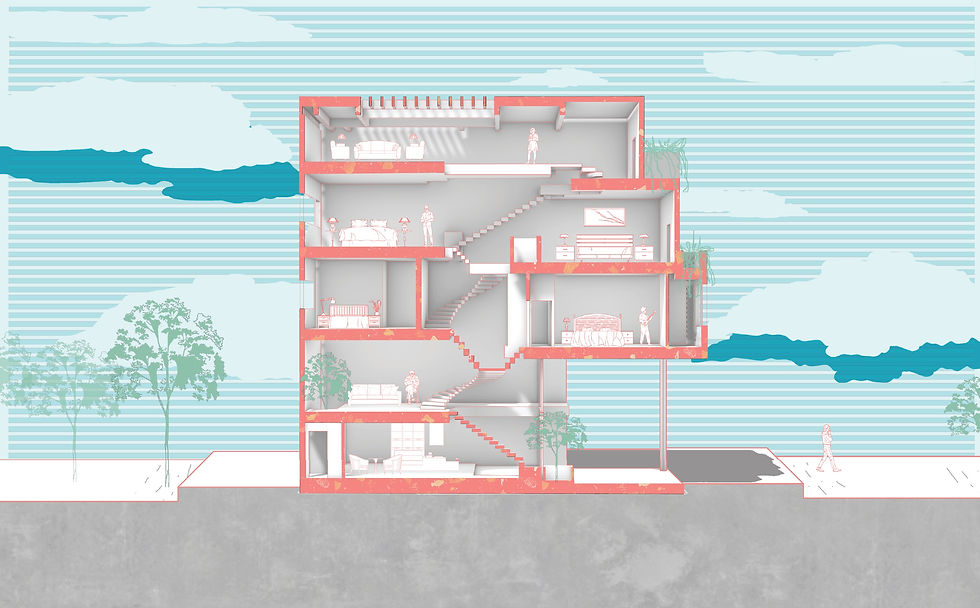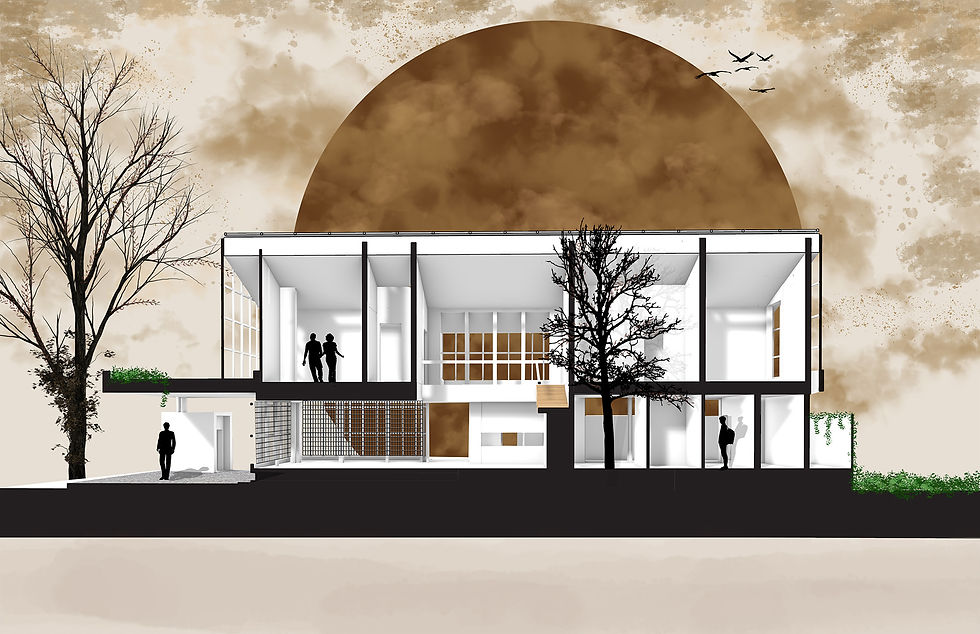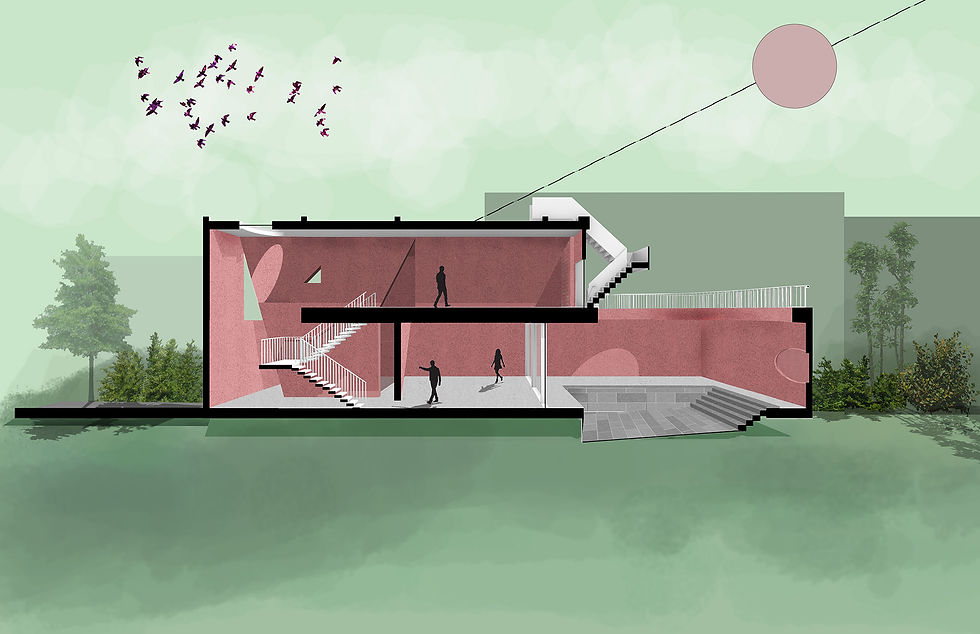Architect and Urbanist focused on Spatial, Social, and Environmental Justice
Founder and co-Director of the Caribbean Spatial Justice Lab
Founder and member of GREENIUS
Teaching
As a professor, I have taught a wide range of architecture studios, from introductory courses for beginners to advanced interdisciplinary programs for postgraduate students, both in traditional classrooms and online. My studios emphasize the use of section as a critical tool for spatial exploration, fostering a deep understanding of the physical and intangible layers that shape the context of each project. I have also taught courses in research methods and architectural representation, as well as electives focused on data visualization and digital fabrication.
The diversity of students I have had the opportunity to work with has enriched and energized my teaching experience, bringing dynamism and adaptability to my approach..
Graduate Design Studio IV
Live Corridors: Architectural Strategies to Pursue Social and Environmental Equity
Louisiana State University
Live Corridors challenges students to critically engage with urban spaces as living systems. The studio explores the intersection of architecture, environmental sustainability, and social justice, emphasizing design interventions that promote inclusivity and ecological resilience.
This course includes two projects. The boards shown below are a selection of the second project.

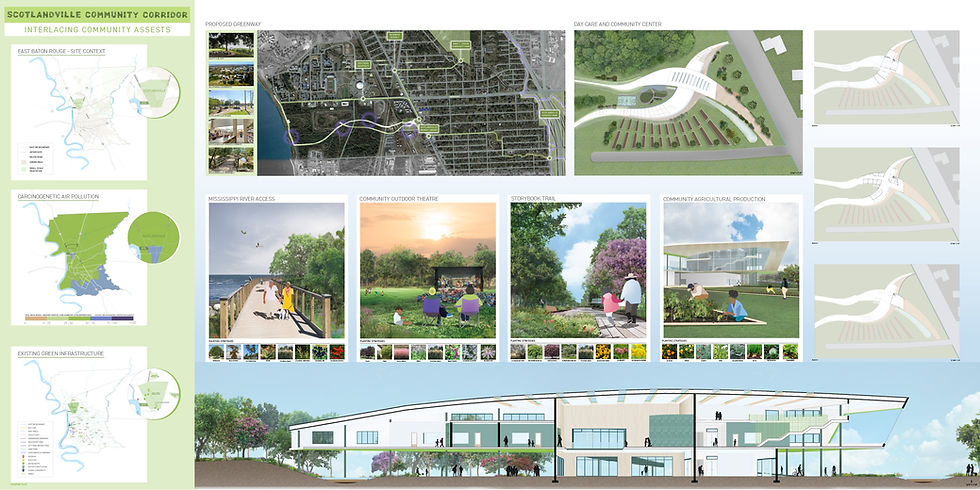
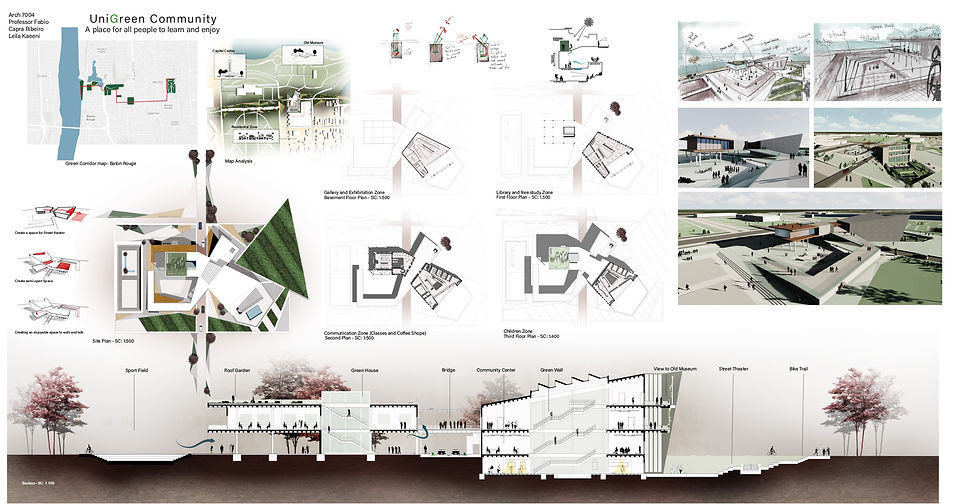
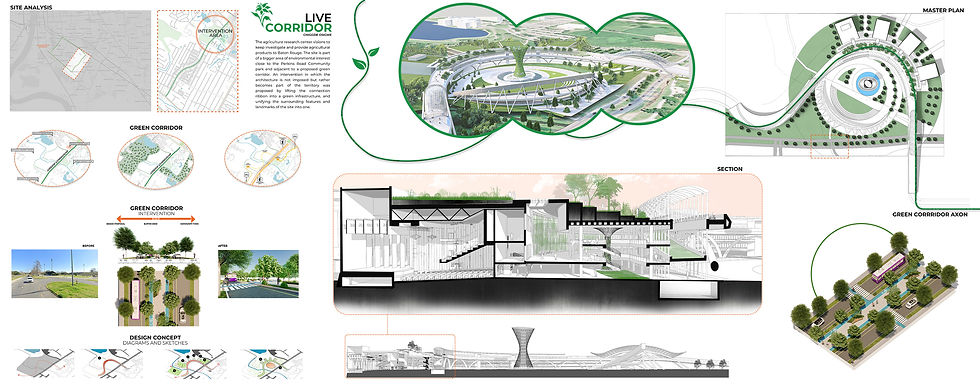








Undergraduate Design Studio V
Urban Catalysts: Invigorating Boundaries and Intermediate Spaces in Architecture
Louisiana State University
This pivotal studio, marking the start of students' third year, is key in shaping their architectural perspective and design approach. It challenges traditional notions of boundaries by exploring intermediate spaces as zones for fostering inclusivity and multispecies coexistence. Students analyze site-specific dynamics to later work on design solutions that bridge public and private realms while promoting equitable and ecological urban futures.
This course includes two projects. The boards shown below are a selection of the second project.






4th-year and 5th-year studios
Universidad Central de Venezuela
Selection of projects developed in studios between 2011 and 2015. These explore the intersection of spatial justice, urban resilience, and community-oriented design through multiscale architectural and urban projects. Emphasizing underutilized spaces, particularly in car-centric or marginalized contexts, students engage with strategies like enhancing pedestrian connectivity, integrating green infrastructure, and reimagining peripheries.


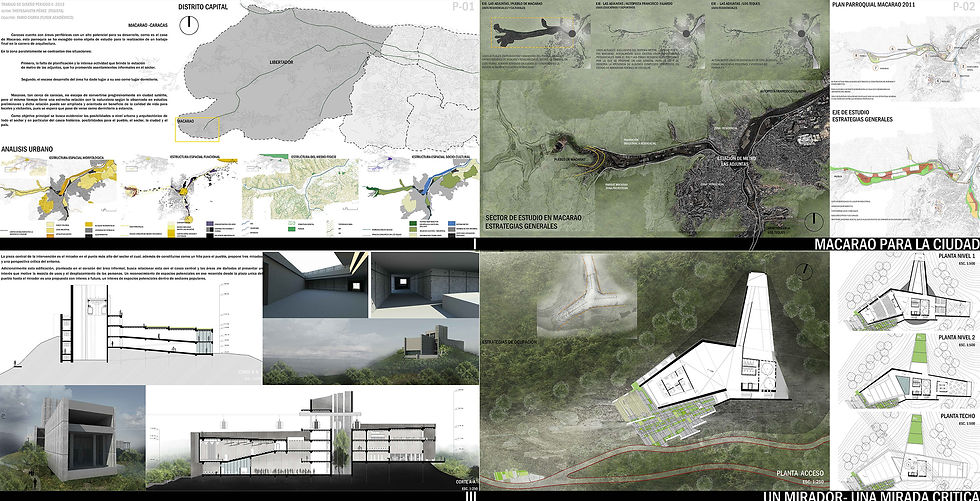



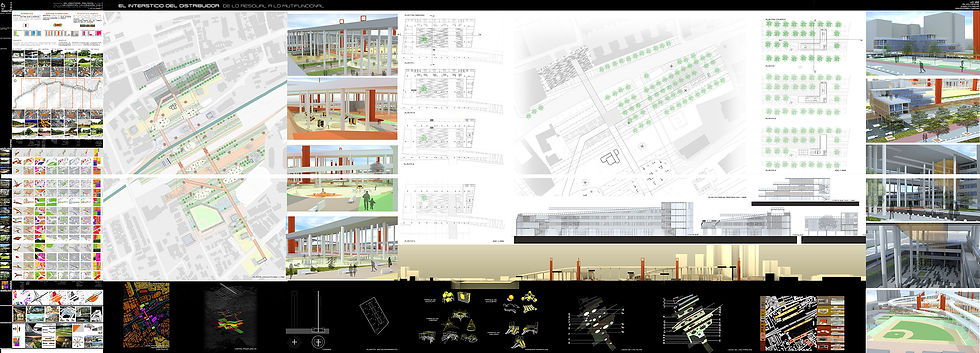

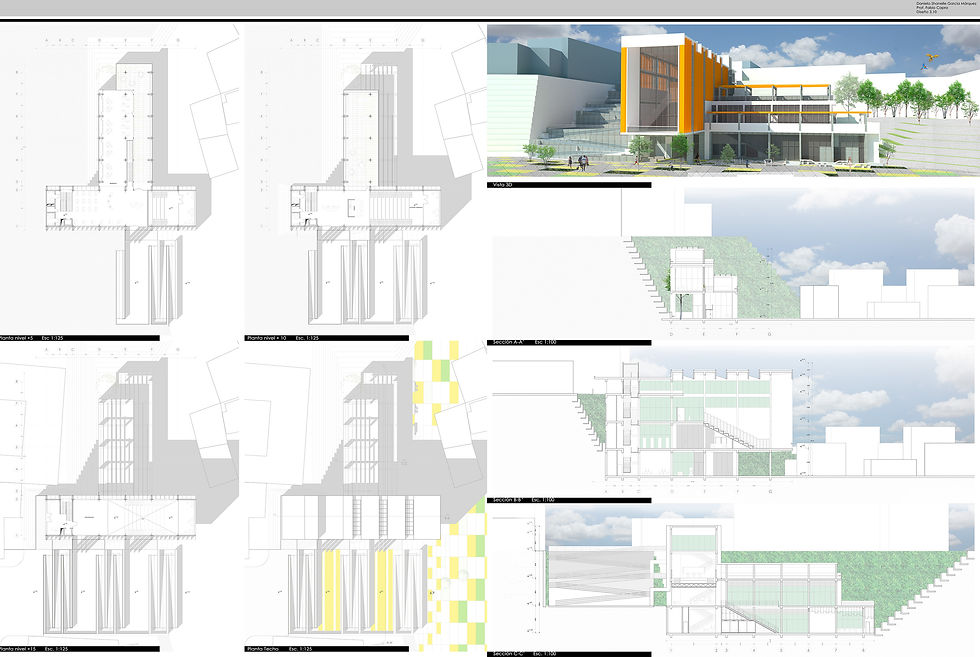



Architectural Design I and II
Universidad Central de Venezuela
These studios serve as an introduction to the foundational concepts of architectural design, guiding students through the exploration of composition, assemblies, spatial organization, and tridimensional configurations.
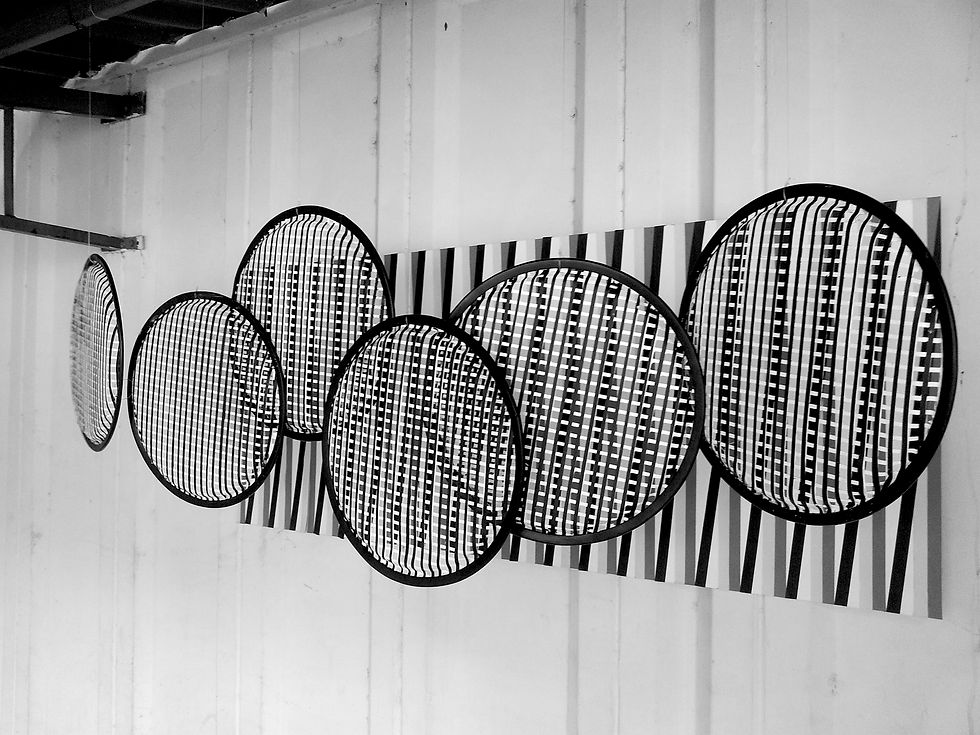



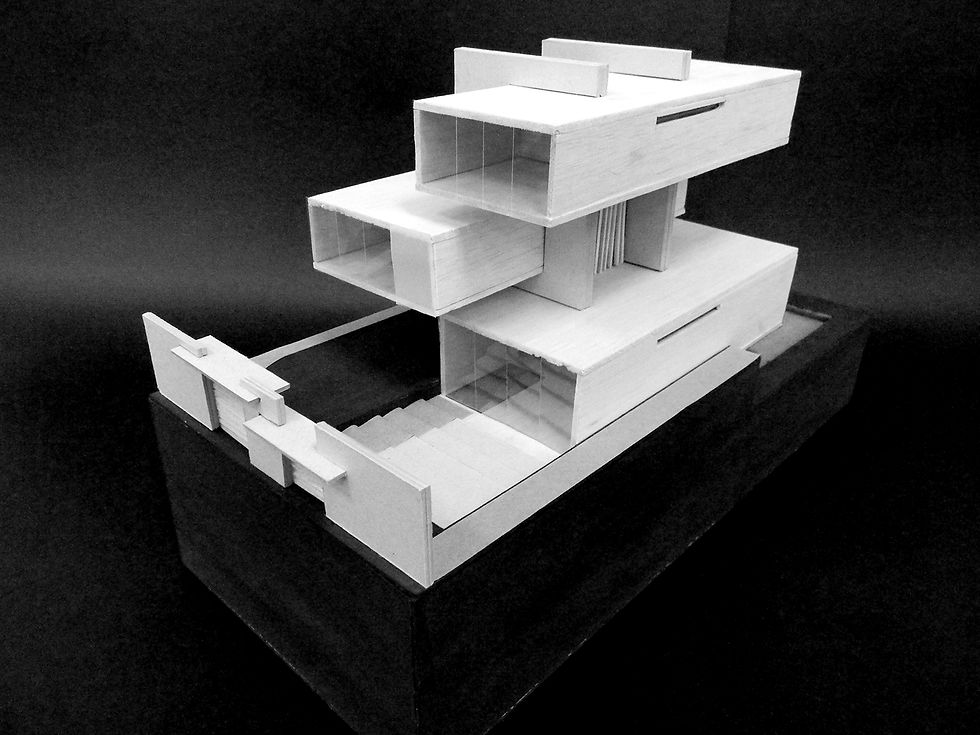
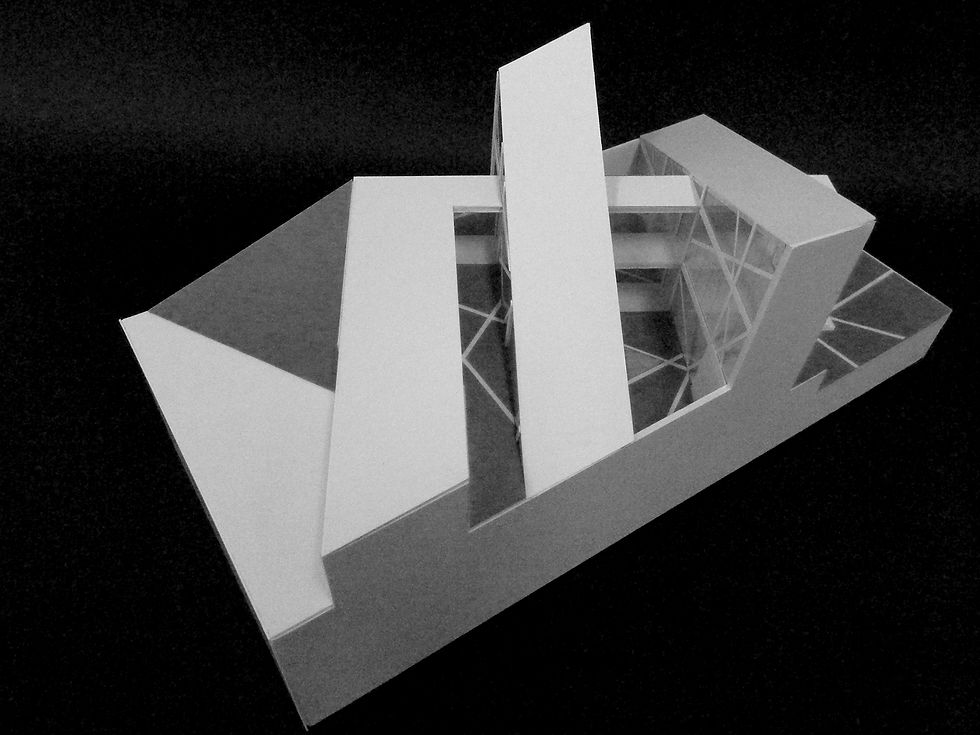
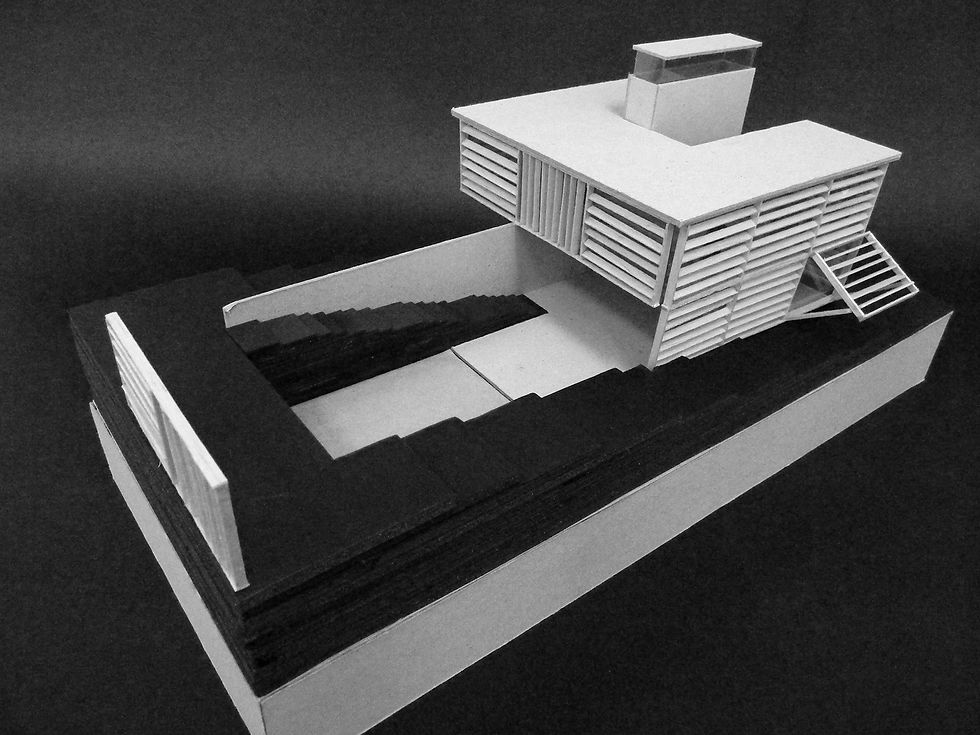
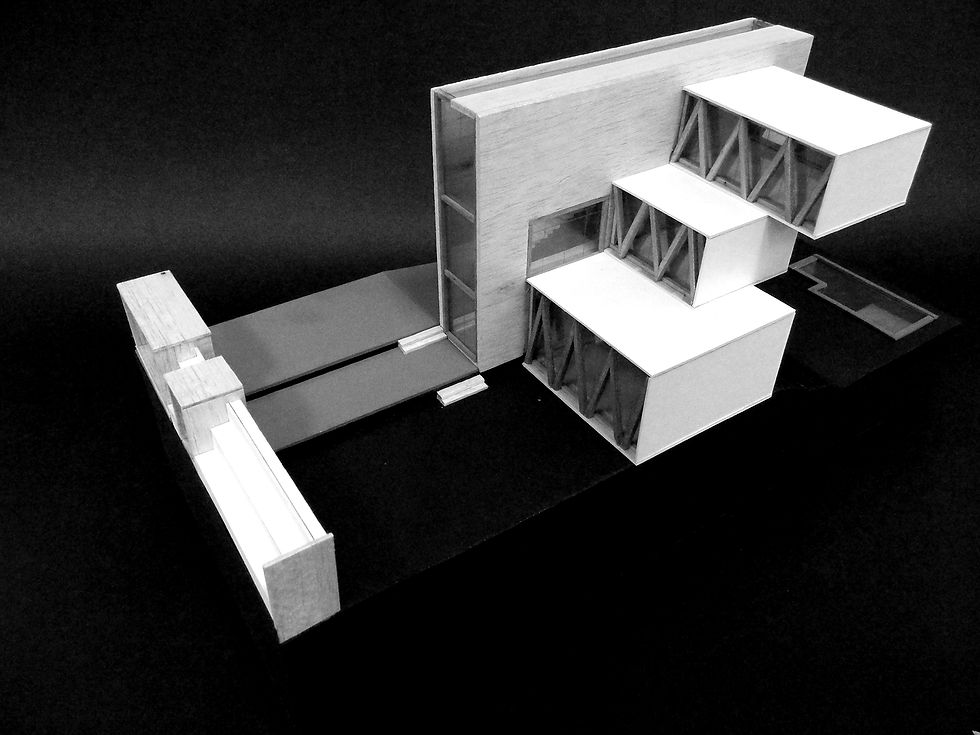
Visualization Research
Data Visualization Elective Seminar Course
Louisiana State University
This course introduces students to data visualization as both a medium of communication and an analytical tool, equipping them with essential 21st-century skills. Students will explore the processes of data selection, collection, evaluation, and representation, focusing on how visualization can make complex information accessible and meaningful.


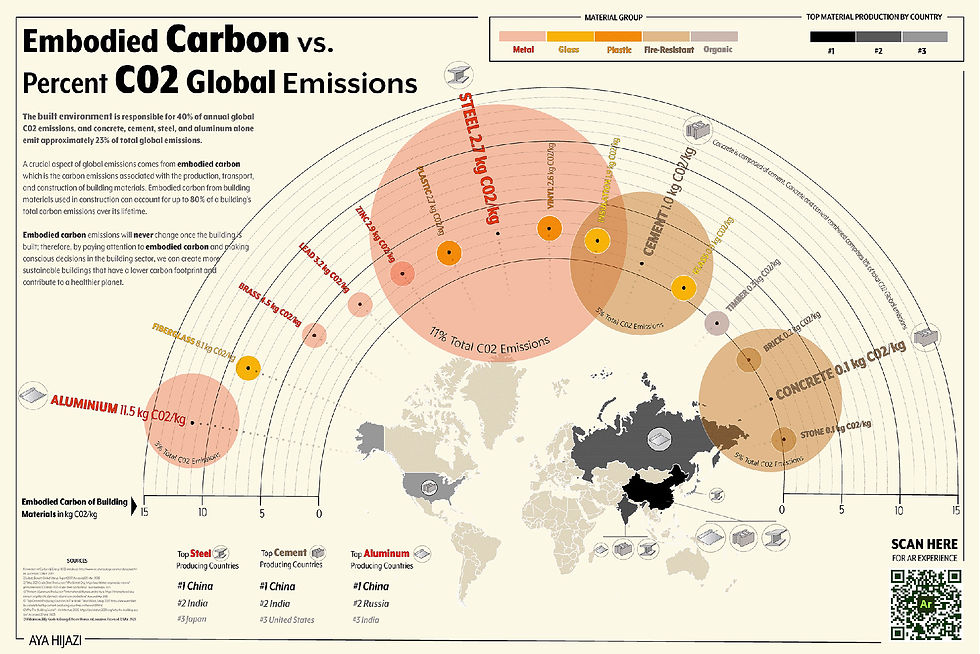


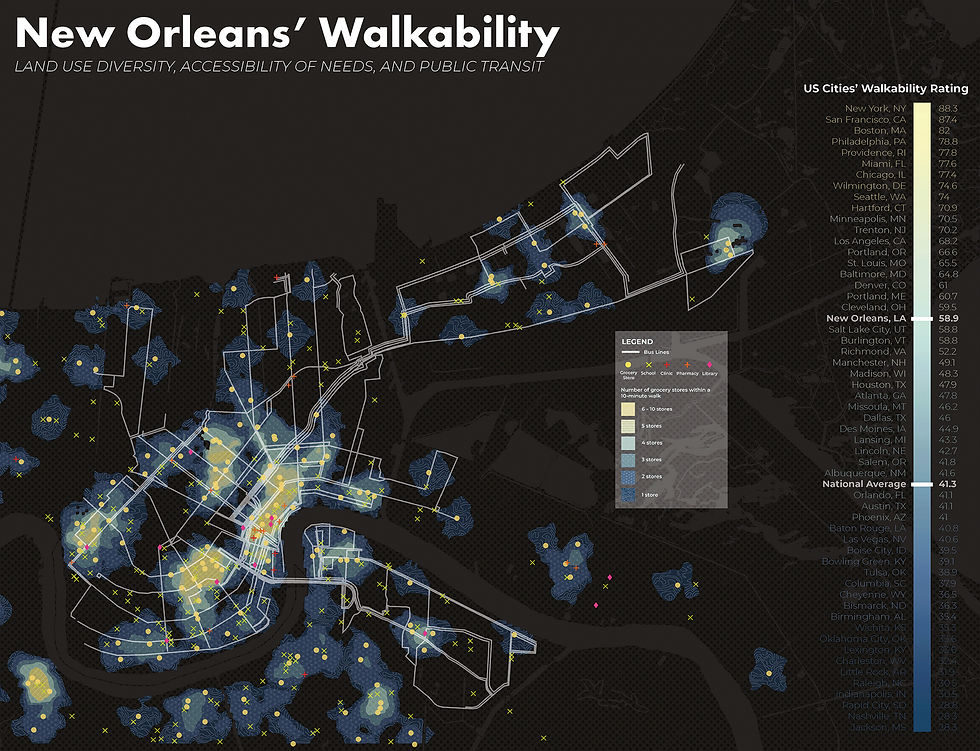
Architectural Techniques
Second-Year Seminar Course
Louisiana State University
This course introduces students to the foundational skills of architectural representation, emphasizing the creation and interpretation of drawings as a distinct language of design. Through a series of projects, students will explore how various modes of representation—sketching, collage, technical drawing, and 3d modelling—connect spatial ideas with conceptual frameworks and develop skills in visual argumentation and representation.
